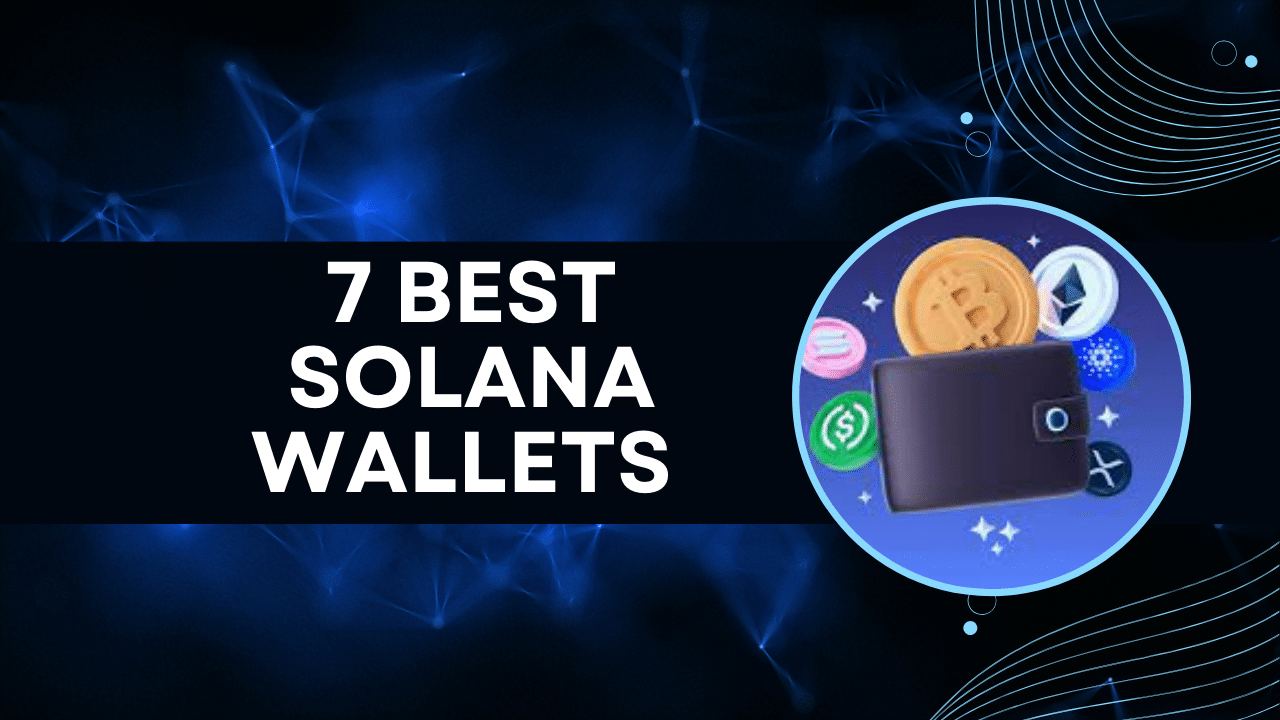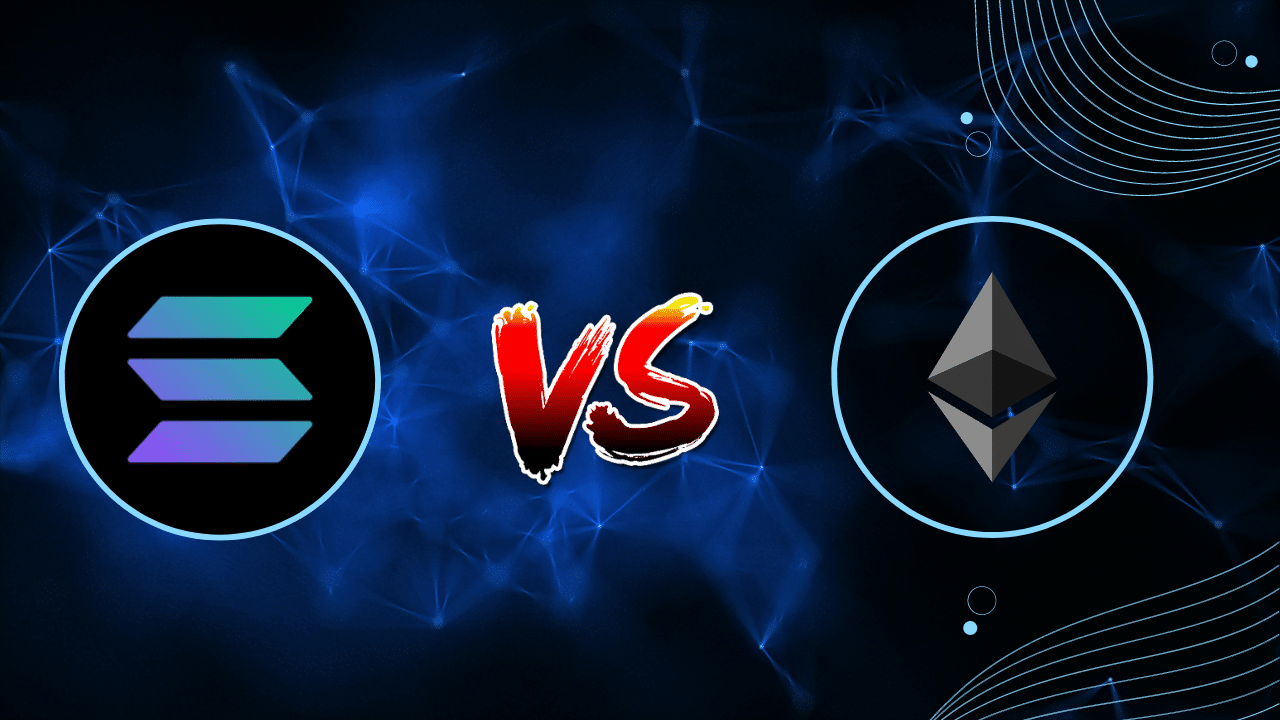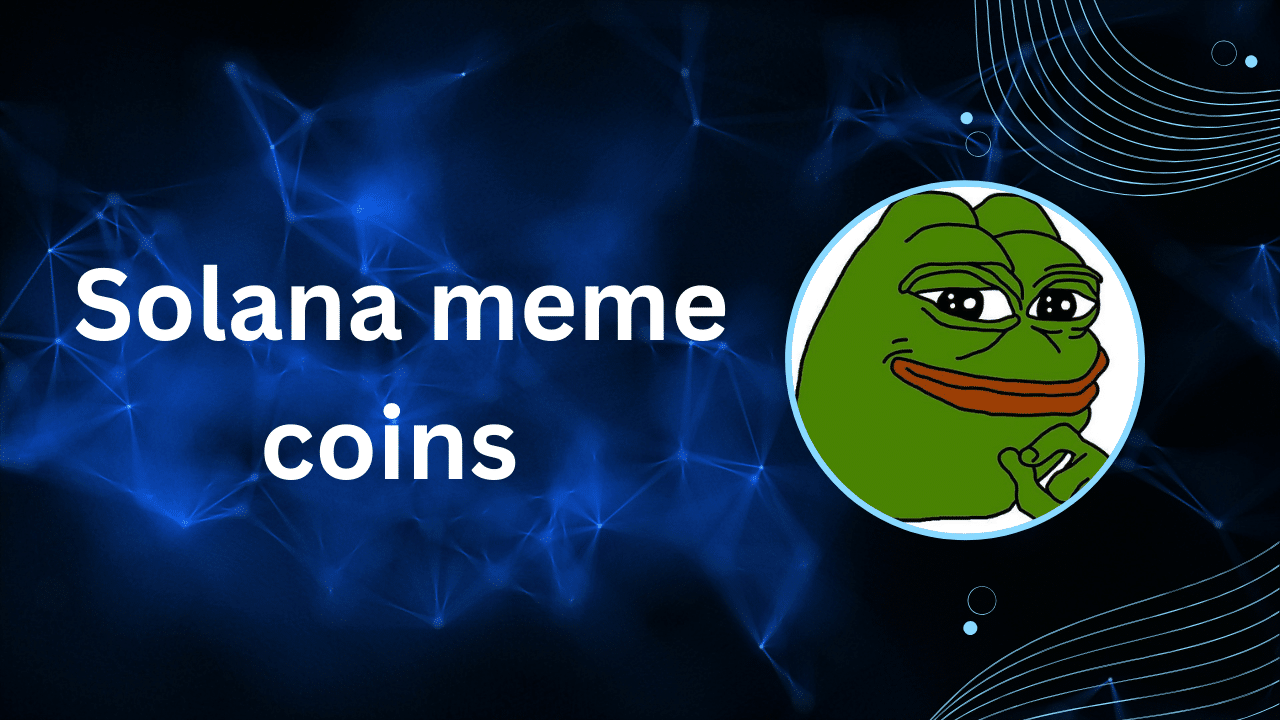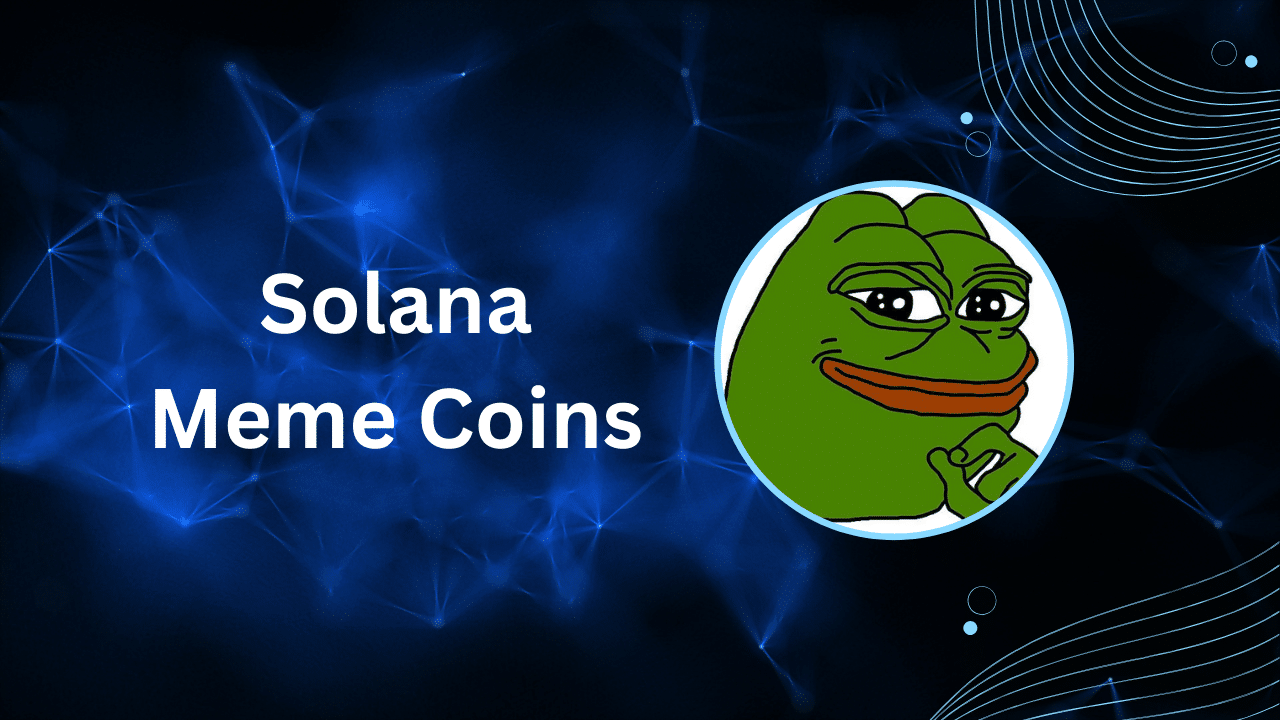Contents
|
|
Solana vs Chainlink have emerged as major players, each with its unique features and capabilities. Solana, known for its high-speed transactions and scalability, has gained attention among investors and developers. On the other hand, Chainlink’s decentralized oracle network plays a crucial role in connecting smart contracts with real-world data. As these platforms continue to evolve, understanding their strengths and differences becomes essential for anyone looking to navigate the crypto space effectively.
Contents
Overview of Solana’s Blockchain Technology
Unique Proof of History Consensus Mechanism
Solana sets itself apart from other blockchains by utilizing a unique consensus mechanism known as Proof of History. This innovative approach enables the network to maintain a reliable and secure order for transactions, enhancing its overall efficiency. By incorporating this mechanism, Solana ensures that each transaction is accurately sequenced within the blockchain, promoting transparency and trust among users.
The utilization of Proof of History brings significant advantages to Solana’s blockchain technology. It allows for seamless synchronization of nodes in the network, enabling rapid validation and propagation of transactions across the system. As a result, Solana achieves an impressive level of high throughput while maintaining low latency. This means that it can process a large number of transactions per second with minimal delay, making it highly suitable for decentralized applications requiring swift and efficient processing.
High Throughput and Low Latency
Solana’s exceptional performance in terms of high throughput and low latency positions it as an attractive option for developers seeking to build decentralized applications (dApps). The ability to handle a substantial volume of transactions at high speed makes Solana well-suited for various real-world use cases where responsiveness is crucial. For instance, applications involving real-time data processing or financial transactions can greatly benefit from Solana’s capability to swiftly execute operations on its blockchain.
Furthermore, the combination of high throughput and low latency enhances user experience within dApps running on the Solana network. Users can enjoy seamless interactions with these applications without experiencing frustrating delays or slow response times commonly associated with traditional blockchains. This aspect not only improves overall user satisfaction but also broadens the potential scope for innovative dApp development across different industries.
In addition to its impressive transaction processing capabilities, smart contracts executed on Solana demonstrate remarkable efficiency due to its unique technological features such as Proof-of-History consensus mechanism.
Understanding Chainlink’s Oracle Network
Providing Secure Off-Chain Data
Chainlink is renowned for providing secure and reliable off-chain data for smart contracts. This means that it enables the integration of real-world data into blockchain networks, ensuring that smart contracts can interact with external data sources in a trustworthy manner. For example, if a decentralized application (dApp) needs to access information from an external source, such as stock prices or weather conditions, Chainlink’s oracle network facilitates this process securely.
In the context of Solana, which focuses on high-performance decentralized applications and scalable infrastructure, the ability to access secure off-chain data becomes crucial. By leveraging Chainlink’s oracle network, developers building on Solana can ensure that their dApps have access to accurate and tamper-proof external data. This integration enhances the functionality and reliability of decentralized applications running on the Solana blockchain by enabling them to interact seamlessly with real-world information.
Ensuring Tamper-Proof Inputs and Outputs
One of Chainlink’s key features is its ability to ensure tamper-proof inputs and outputs for decentralized applications. This means that the data retrieved through Chainlink’s oracle network remains secure and unaltered throughout the process of being integrated into smart contracts or dApps. For instance, if a financial smart contract relies on market price data obtained through Chainlink, it can trust that this input has not been manipulated or compromised in any way.
When considering Solana, which emphasizes speed and scalability for decentralized finance (DeFi) applications among others, having access to tamper-proof inputs is essential for maintaining the integrity of financial transactions executed on its platform. By utilizing Chainlink’s services to obtain verified market data or other critical information required by DeFi protocols running on Solana, developers can enhance security measures within their applications while benefiting from reliable off-chain connectivity.
Key Differences Between Solana vs Chainlink
Scalability and Transaction Processing
Solana is designed to prioritize scalability and high-speed transaction processing. This means that it focuses on handling a large number of transactions quickly, making it suitable for applications where speed is crucial. For example, if you were building a decentralized finance (DeFi) platform that required rapid execution of trades or transactions, Solana’s architecture would be well-suited for this purpose.
On the other hand, Chainlink, as discussed in the previous section, specializes in providing external data to blockchain networks securely. While Solana emphasizes fast transaction processing within its own network, Chainlink’s primary goal is to securely connect blockchains with real-world data sources. This makes it an essential component for smart contracts that rely on external information such as market prices or weather conditions.
Both platforms serve different purposes: Solana excels at handling a large volume of transactions rapidly within its network, while Chainlink acts as a bridge between blockchain networks and external data sources.
Layer 1 Blockchain vs Oracle Service
Another fundamental difference lies in their architectural roles. Solana operates as a layer 1 blockchain, meaning it functions as the underlying infrastructure for decentralized applications (dApps) directly without relying on additional layers like sidechains or state channels. In contrast, Chainlink serves as an oracle service, focusing on bringing off-chain data onto the blockchain securely.
To illustrate this difference further: imagine blockchain technology as a city with various buildings representing different functionalities. In this analogy, Solana would be equivalent to constructing the main roads and infrastructure within the city itself—ensuring smooth traffic flow and efficient movement within its boundaries. Meanwhile, Chainlink takes on the role of connecting these buildings (blockchain networks) with resources from outside the city—reliable information from neighboring towns that enriches and informs decision-making processes within each building.
Strengths and Weaknesses of Solana
High Transaction Throughput and Low Fees
Solana is known for its high transaction throughput and low fees, making it an attractive option for users. This means that Solana can handle a large number of transactions per second, which is crucial for decentralized applications (dApps) or any platform that requires fast transaction processing. With the ability to process thousands of transactions per second, Solana offers a significant advantage over many other blockchains in terms of scalability. The low fees associated with using Solana make it cost-effective for users who want to transact frequently without being burdened by high transaction costs.
Solana’s high transaction throughput allows it to compete with other major blockchains like Ethereum and Bitcoin, which are often criticized for their slower processing speeds and higher fees. For example, Ethereum has been facing challenges related to network congestion and rising gas fees due to its limited capacity. In contrast, Solana’s architecture enables rapid confirmation times and efficient handling of a large volume of transactions at lower costs.
Robust Security Features and Efficient Consensus Mechanism
Another strength of Solana lies in its robust security features and efficient consensus mechanism. The blockchain utilizes a unique proof-of-history (PoH) consensus combined with proof-of-stake (PoS), enabling fast confirmation times while maintaining security. The PoH ensures the chronological order of events on the network, adding an extra layer of security against potential attacks or fraudulent activities.
Moreover, Solana’s innovative approach to consensus mechanisms contributes to its overall efficiency in processing transactions without compromising on security measures. By implementing advanced cryptographic techniques alongside its consensus model, Solana provides users with confidence in the integrity and immutability of their transactions within the network.
Weakness: Relatively Less Adoption Compared to Other Major Blockchains
Despite its strengths, one notable weakness of Solana is its relatively less adoption compared to other major blockchains such as Ethereum or Binance Smart Chain (BSC). While Solana has gained traction within the blockchain community due to its impressive technical capabilities, it still lags behind more established platforms in terms of user adoption and ecosystem development.
The lower adoption rate may impact factors such as liquidity availability for decentralized finance (DeFi) projects built on top of the platform or opportunities for developers seeking a larger user base for their dApps.
Strengths and Weaknesses of Chainlink
Decentralized Oracle Network
Chainlink boasts a decentralized oracle network, ensuring that reliable data inputs are provided to smart contracts. This feature is crucial as it helps in maintaining the integrity and accuracy of the information utilized by various blockchain applications. By leveraging multiple independent oracles, Chainlink minimizes the risk of a single point of failure, enhancing the security and trustworthiness of the data feeding into smart contracts.
This strength enables Chainlink to address concerns related to tampering with or manipulation of data inputs, which is essential for executing secure transactions on blockchain platforms. For instance, when integrated with decentralized finance (DeFi) applications, this capability ensures that critical financial decisions are based on accurate and verifiable real-world data.
Wide Integration Across Blockchain Platforms
Another notable strength of Chainlink lies in its wide integration across various blockchain platforms. Its compatibility with different blockchains such as Ethereum, Binance Smart Chain, and others makes it a versatile solution for providing external data feeds to these networks. This widespread integration enhances its utility and accessibility within the broader blockchain ecosystem.
The ability to seamlessly connect with diverse blockchains increases Chainlink’s appeal among developers seeking reliable oracle solutions for their projects across different platforms. As a result, this wide-reaching integration contributes significantly to establishing Chainlink as one of the leading providers of decentralized oracle services in the blockchain space.
Vulnerability to Potential Centralization Risks
However, despite its strengths, one weakness associated with Chainlink is its vulnerability to potential centralization risks. While striving for decentralization in providing oracle services, there have been concerns about certain aspects potentially leading to centralization within the network architecture.
For example:
-
The reliance on specific nodes or node operators could pose centralization risks if a small number of them gain excessive control over supplying data inputs.
-
In scenarios where certain nodes hold disproportionate influence over aggregating and delivering external data sources into smart contracts’ execution environments.
Performance Comparison and Market Impact
Solana’s Growth
Solana‘s native token SOL has shown remarkable price appreciation, drawing the attention of numerous investors. The platform’s performance has been impressive, attracting developers and investors alike. This growth reflects the increasing interest in Solana as a promising blockchain project within the crypto space.
The surge in SOL’s prices indicates its potential to be a valuable addition to an investor’s portfolio. With such substantial support from the market, Solana presents lucrative opportunities for those looking to diversify their investments in cryptocurrencies.
Chainlink’s Strength
On the other hand, Chainlink‘s native token LINK has maintained a strong presence in the cryptocurrency market. Its consistent performance and reliability have garnered significant support from both developers and investors. This demonstrates Chainlink’s robust approach towards providing decentralized oracle services.
Investors seeking stability amidst market volatility often turn to assets like LINK due to its proven track record and resilience against price fluctuations. As it continues to make strides within the industry, Chainlink remains an attractive option for those looking for dependable investment opportunities.
Future Predictions for Solana and Chainlink
Ecosystem Enhancements
Both Solana and Chainlink are actively pursuing developments to strengthen their positions in the crypto market. Solana has been forming strategic partnerships with various projects, aiming to expand its ecosystem and enhance interoperability. For instance, its collaboration with Serum DEX is aimed at creating a seamless decentralized finance (DeFi) experience on the Solana blockchain. This move indicates that Solana is gearing up to solidify its presence in the DeFi space, which could contribute to its future growth.
Furthermore, Chainlink’s focus on expanding its oracle solutions into emerging blockchain sectors demonstrates a commitment to staying relevant in an ever-evolving industry. By venturing into new territories within the crypto space, such as non-fungible tokens (NFTs), gaming, and insurance protocols, Chainlink aims to broaden its utility beyond traditional financial applications. As it continues this trajectory of expansion and innovation, Chainlink may secure a strong foothold across diverse segments of the crypto market.
Integral Roles in Blockchain Evolution
Considering these advancements by both projects, it’s evident that they are poised to play integral roles in shaping the future landscape of blockchain technology. As bullish sentiment surrounds them due to their respective initiatives and partnerships with other prominent players within the crypto sphere, they have positioned themselves as key contributors driving innovation forward.
Purchasing Guide for Solana and Chainlink Tokens
Finding Reputable Exchanges
When considering purchasing Solana (SOL) or Chainlink (LINK) tokens, it’s crucial to research reputable cryptocurrency exchanges that offer these tokens. Look for well-established platforms with a good track record and positive user reviews. Examples of reputable exchanges include Binance, Coinbase, Kraken, and Huobi. These platforms provide a secure environment for buying and selling SOL and LINK tokens.
Ensuring Security
Prioritize using exchanges that prioritize security measures such as two-factor authentication (2FA) to safeguard your account. Look for exchanges that have a strong reputation for protecting users’ funds from potential cyber threats or hacking attempts.
Utilizing Secure Wallets
After purchasing SOL or LINK tokens, it’s essential to store them securely. Consider using hardware wallets like Ledger Nano S or Trezor which are known for their robust security features. These wallets provide an offline storage solution, reducing the risk of unauthorized access compared to online wallets.
Importance of Private Keys
Remember that when you own cryptocurrencies like SOL or LINK, you’re essentially holding digital assets tied to private keys. It’s vital to keep these private keys safe and secure at all times since they grant access to your funds. Be cautious about sharing them with anyone else.
Monitoring Market Trends
Before making any investment decisions related to Solana and Chainlink tokens, stay updated on market trends through reliable sources such as cryptocurrency news websites and financial analysts’ reports. Understanding the current market conditions can help in making informed choices regarding buying or selling SOL and LINK tokens.
Analyzing Price Movements
Regularly monitor the price movements of both Solana and Chainlink tokens using reputable cryptocurrency tracking websites like CoinMarketCap or CoinGecko. Observing historical price data along with current trends can assist in predicting potential future fluctuations in token values.
Diversification and Trading Strategies with SOL and LINK
Portfolio Diversification
Diversifying your investment portfolio is crucial for managing risk. Including both SOL and LINK tokens allows exposure to different aspects of blockchain technology. While Solana (SOL) focuses on providing a high-performance infrastructure for decentralized applications, Chainlink (LINK) specializes in connecting smart contracts with real-world data. By holding both tokens, you can benefit from the growth potential of two distinct but valuable projects within the blockchain ecosystem.
Investors should consider long-term holding strategies for SOL and LINK based on their respective potentials. Solana’s fast transaction speeds and low fees make it an attractive option for those who believe in the scalability of decentralized networks. On the other hand, Chainlink’s utility as an oracle network that provides reliable external data to blockchains positions it as a critical component in enabling smart contracts to interact with real-world events.
Informed Trading Decisions
Staying informed about market dynamics is essential when considering trading decisions involving SOL and LINK. Monitoring price movements, understanding technical analysis signals such as support/resistance levels, and keeping abreast of news related to these projects are all critical factors in making well-informed trades.
For instance, if you observe that Solana’s network is gaining adoption by various decentralized applications due to its speed and cost-efficiency, it may signal positive equity instruments for SOL. Conversely, if there are developments indicating increased integration of smart contracts with external data sources across different blockchain platforms, this could be a bullish sign for Chainlink’s future prospects.
Summary
You’ve now gained a comprehensive understanding of Solana and Chainlink, their technologies, strengths, weaknesses, and market performance. As you consider investing in these tokens, remember to diversify your portfolio and stay updated on the latest trends. Keep an eye on how these projects evolve in the dynamic crypto space. Whether you’re leaning towards Solana for its high-speed transactions or Chainlink for its robust oracle network, make informed decisions based on thorough research and analysis. Happy investing!
Frequently Asked Questions
What makes Solana’s blockchain technology unique?
Solana stands out for its high throughput and low transaction costs. Its unique consensus mechanism, Proof of History, enables fast transaction processing, making it suitable for decentralized applications requiring high performance.
How does Chainlink’s Oracle Network work?
Chainlink’s Oracle Network connects smart contracts with real-world data and external APIs. It ensures the reliability of data inputs by aggregating information from multiple sources and using decentralized nodes to deliver accurate results to smart contracts.
What are the key differences between Solana and Chainlink?
Solana is a high-performance blockchain focused on scalability and speed, while Chainlink operates as a decentralized oracle network providing tamper-proof inputs for smart contracts. Their primary functions cater to different aspects of the blockchain ecosystem.
What are the strengths and weaknesses of Solana?
Solana boasts impressive scalability, low transaction fees, and rapid confirmation times as strengths. However, potential weaknesses include centralization concerns due to its architecture design relying heavily on hardware requirements.
What are the strengths and weaknesses of Chainlink?
Chainlink excels in providing secure and reliable off-chain data for smart contracts but may face challenges related to network congestion during peak demand periods. It could be susceptible to potential vulnerabilities in external data sources.








